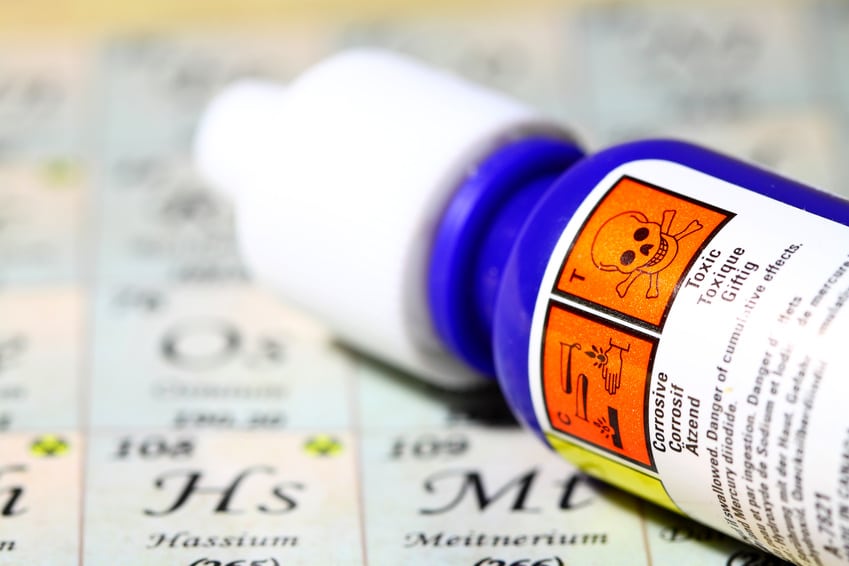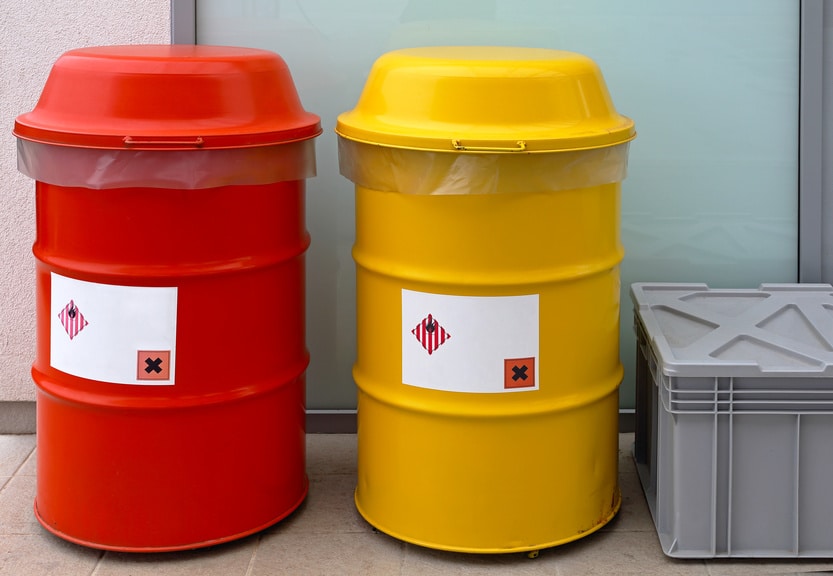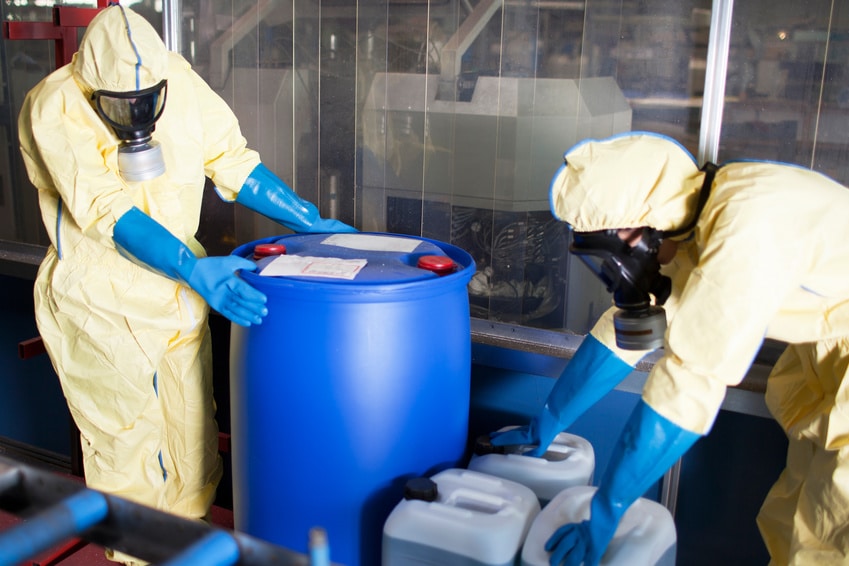You don’t need us to tell you of the importance of appropriate safety measures in a laboratory, and when dealing with chemicals that are harmful to both your own health and the wider environment, they need to be treated and disposed of in the appropriate manner.
In this article, we’ll explore the correct way to dispose of chemicals, the different categories of hazardous waste, identifying and reducing potential fire hazards, and the importance of risk assessment.
Quick Navigation
- Categories of hazardous waste
- Methods of Disposal
- Hazardous Waste Regulations
- Potential Fire Hazards
- Risk Assessment
Categories of hazardous waste

There are many different types of hazardous waste. Some categories have their own subcategories of waste, while other types might fall into certain hazardous waste categories because they display specific characteristics (such as ignitability, corrosivity, reactivity, toxicity). Additionally, some chemical products can be hazardous after they’ve been disposed of.
Listed Wastes
These can be identified in a series of different lists.
- F-List
Wastes created as a result of common manufacturing and industrial processes, known as ‘non-specific source waste’ due to their production in multiple industries.
- K-List
Wastes created from specific industries such as petroleum refining or pesticide manufacturing, also known as ‘source-specific wastes’.
- Pi-List and U-List
Wastes created by commercial chemical products being discarded in their unused form which become hazardous when thrown away.
Characterised Waste
These comprise waste materials which meet one or more of the characteristics of hazardous waste.
- Ignitability
Can the waste create fire in certain conditions, is it spontaneously combustible, or have a flash point less than 60°C?
- Corrosivity
Can it corrode metallic containers? If the pH level is 2 and under or 12.5 and above, then it should be considered hazardous.
- Reactivity
Unstable materials that can cause explosions, toxic fumes, gases or vapours when heated, compressed or mixed with water.
- Toxicity
When certain materials are disposed of, the toxicity can be absorbed into the ground, contaminating water as a result.
Universal Waste
Waste caused by household items, such as batteries, lamps and equipment containing mercury.
Mixed Waste
Waste that contains both radioactive and hazardous components, generated by medical, pharmaceutical, nuclear and other energy industries.
Methods of Disposal

The improper disposal of chemicals is forbidden by law, so it’s important to adhere to correct procedures as strictly as possible.
It may be a case that you need to wash chemicals down the drain with plenty of water. This can apply to the following:
- Concentrated and diluted acids and alkalis
- Harmless soluble inorganic salts
- Alcohols containing salts
- Hypochlorite solutions
- Fine silica and alumina
Any material appearing on the Red List should, under no circumstances, be washed down a drain.
The following materials should be disposed of via incineration:
- All organic solvents
- Soluble organic waste
- Paraffin and mineral oil
Controlled waste – waste that’s suitable for refuse collection from the local authority – can, for the most part, be placed in your everyday waste bin. However, your lab must also have a container for certain other items, such as broken glassware, sharp objects and dirty samples or other items contaminated with chemicals.

Hazardous waste regulations
Ensure you understand the properties of hazardous waste. If you are involved in producing, transporting or receiving hazardous waste then you are responsible for it as outlined by Hazardous Waste Regulations.
Potential Fire Hazards
In a lab environment, potential fire hazards can be numerous, so it’s important to treat and handle combustibles in the appropriate manner. Consider limiting superfluous materials in the lab, and where you can, keep these materials from heat sources and store them at least 18 inches below the ceiling.
Ensure these items are appropriately labelled and stored in the correct cabinets. Do not allow them to be kept on benches or on incorrect shelving, and when pouring such liquids with a low flash point from a large container, ground the container to minimise the development of static charge.
Risk Assessment
When using chemicals at work, you are required by law to control their usage by assessing the risks, therefore implementing and maintaining effective control measures. These measures must be specified in writing and fully implemented to prevent accidents in the workplace.
Consider when spills or splashes are likely to occur, when substances might be inhaled, swallowed or absorbed by the skin, and how likely is the potential occurrence of exposure.
Staying safe in a laboratory is of the utmost importance to us. Looking to optimise your environment? For more information about our bespoke fitted labs, visit our homepage or call our team on 01223 894 833.


